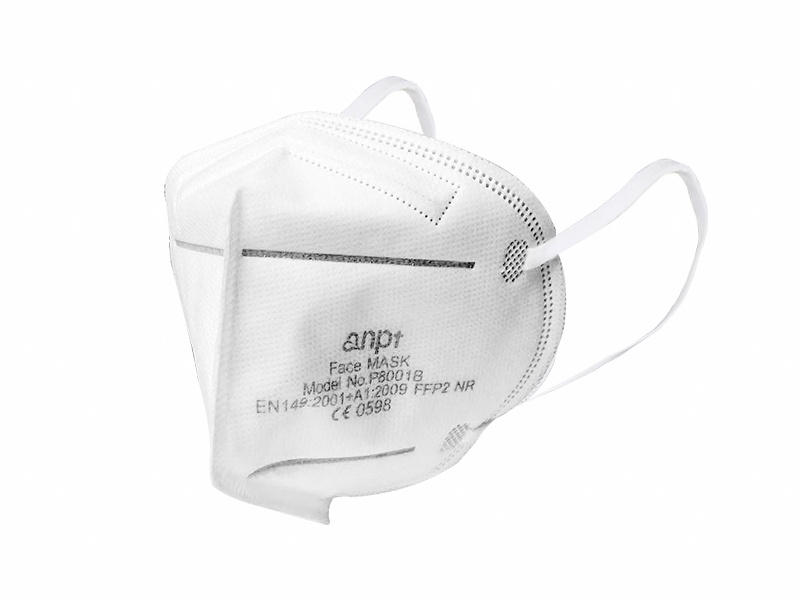surgical mask
Surgical masks, also known as medical masks, are loose-fitting, disposable masks that protect the wearer's nose and mouth from contact with droplets, splashes, and sprays that may contain bacteria. Surgical masks also filter out large particles in the air. Surgical masks may protect others by reducing exposure to the mask wearer's saliva and respiratory secretions.
Currently, the U.S. Food and Drug Administration has not approved any type of surgical mask specifically designed to prevent coronavirus, but these may offer some protection when N95 masks are not available.
In fact, an N95 mask is a type of respirator that is more protective than a surgical mask because it filters out both large and small particles when the wearer inhales. As the name suggests, this mask is designed to block 95% of tiny particles. Some N95 masks have breathing valves to make breathing easier. Wearing this mask releases unfiltered air when the wearer exhales.
Before wearing N95 masks in the workplace, healthcare providers must be trained and fit tested to confirm proper sealing. Like surgical masks, N95 masks are also disposable. However, researchers are testing ways to sanitize N95 masks so they can be reused.
Some N95 masks, and even some fabric masks, have one-way valves to make breathing easier. But when the wearer exhales, the valve releases unfiltered air, so the mask doesn't prevent the wearer from spreading the virus. Therefore, some places prohibit its use.
fabric mask
Cloth masks are used to block droplets released when the wearer speaks, coughs or sneezes. Getting everyone to wear a cloth face covering may help reduce the spread of the virus by people who have been infected with COVID-19 without realizing it.
This is most likely to reduce the spread of the novel coronavirus pneumonia (COVID-19) virus when people use cloth masks extensively in public. Countries that mandated mask-wearing, testing, isolation and social distancing in the early stages of the pandemic have successfully slowed the spread of the virus.
While surgical masks and N95 masks are in short supply and should be reserved for healthcare workers, cloth face coverings and masks are readily available or made and can be washed and reused.
Masks can be made of common materials, such as cotton cloth made of percale. Instructions for making it are easy to find online. Cloth masks should contain multiple layers of fabric. The CDC's website even has instructions for making seamless masks from squares and T-shirts.
 FFP2 Mask
FFP2 Mask
Description:
EN149:2001+A1:2009 FFP2 NR
4-5 Layer
Filtration efficiency ≥ 94%
white
Benefits:
Effectively block dust, smoke, fog and microorganisms
Better air tightness, easy to carry with
Disposable
Dimension:
Length: 160±5mm
With: 105±5mm
